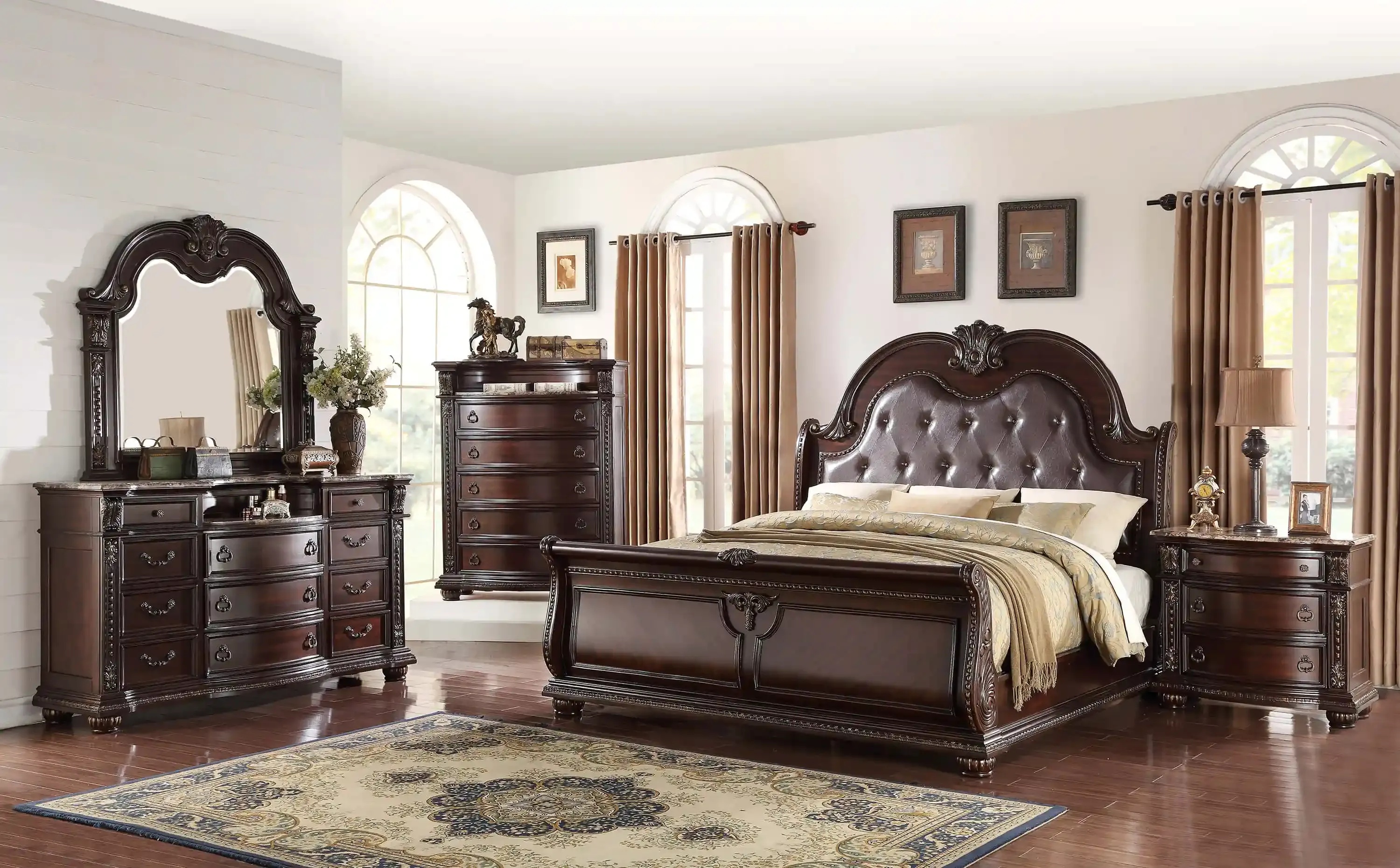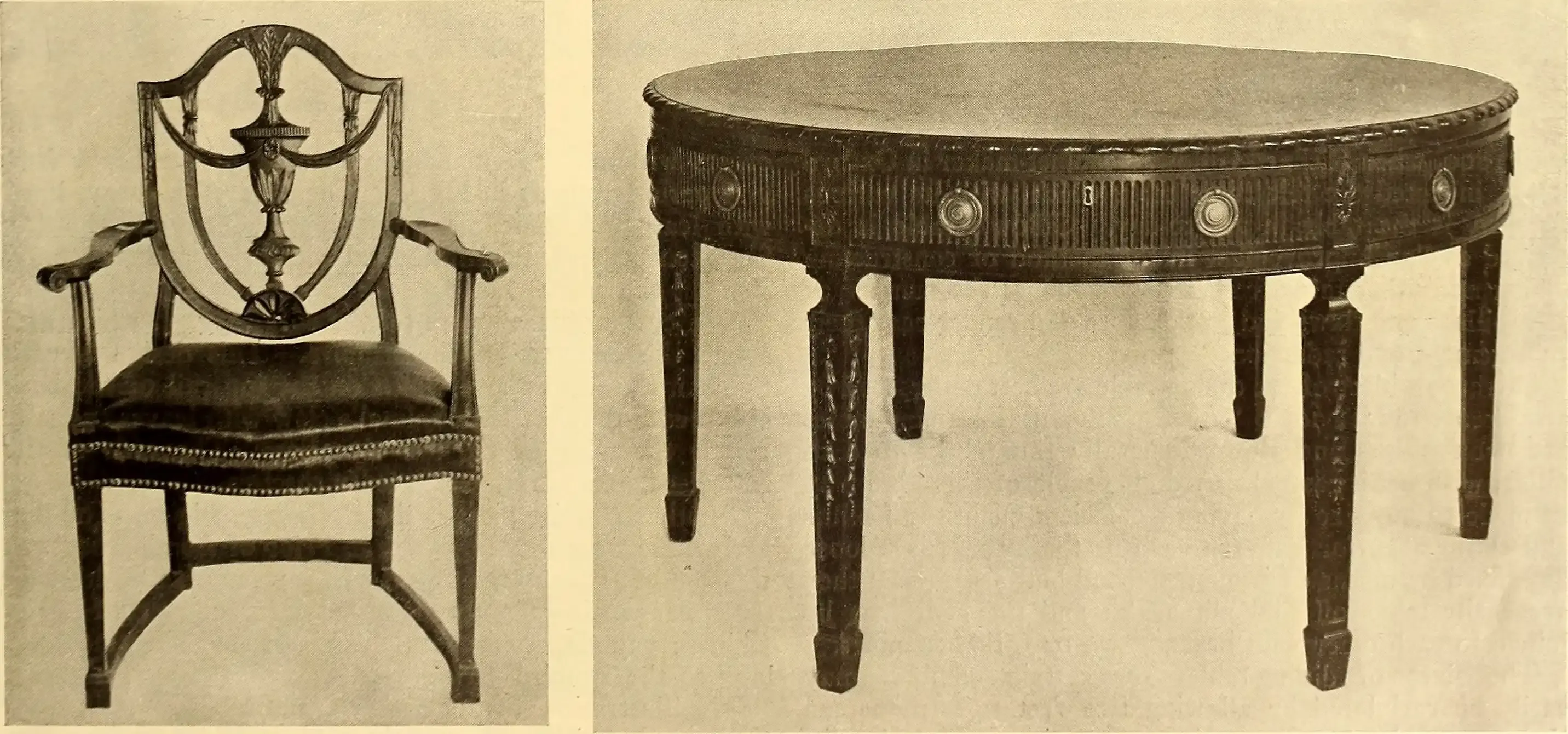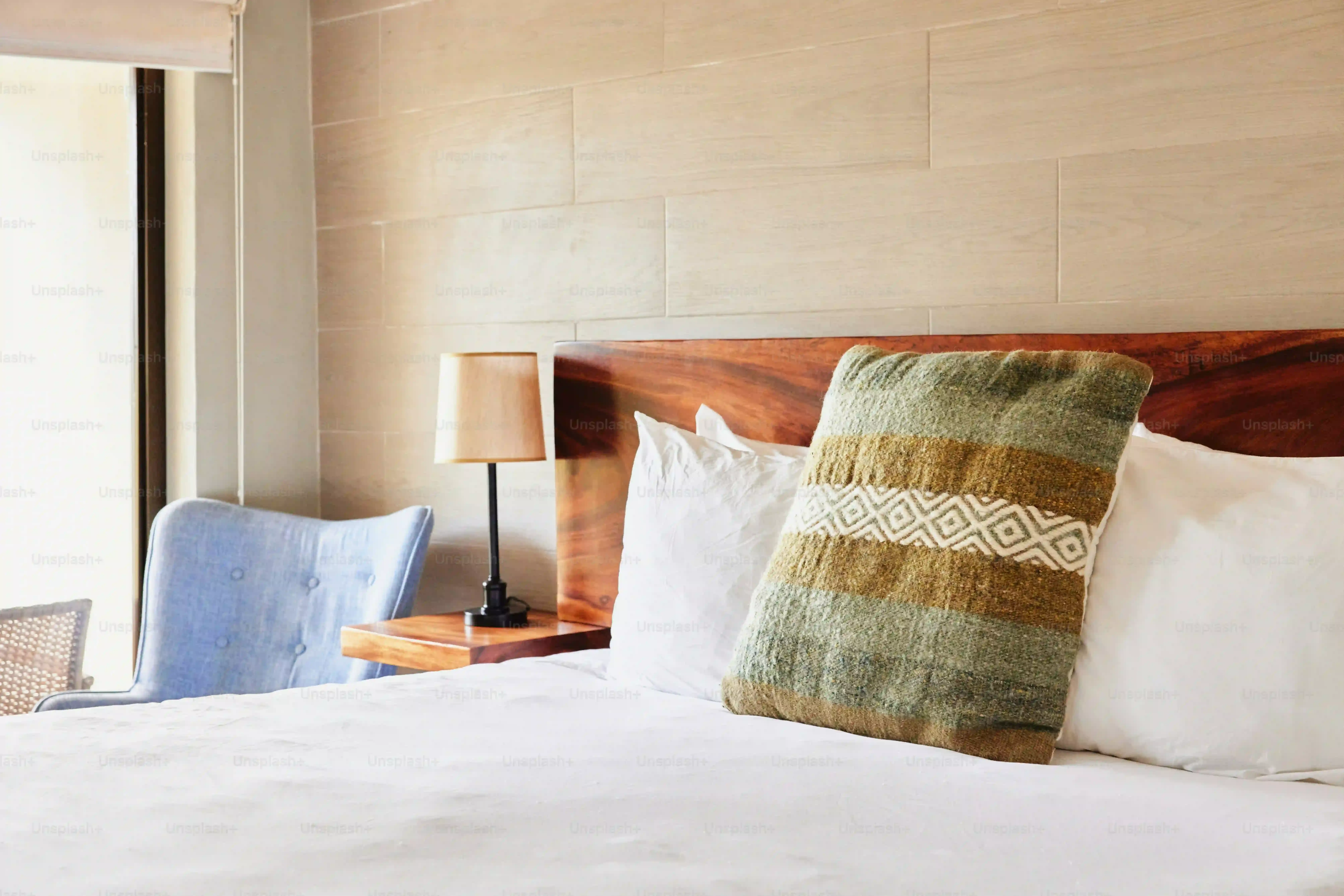Table of Contents
Let's be honest.
Why Your Furniture Keeps Falling Apart
Why Your Furniture Keeps Falling Apart
The Cheap Materials Problem
Let's start with the obvious.
A big reason why your furniture keeps falling apart comes down to what it's made of.
Walk into a big box store or browse online, and you'll see prices that seem too good to be true.
Often, they are.
That sleek dresser might look fine in the picture.
But what's under the thin veneer?
Usually, it's particleboard or medium-density fiberboard (MDF).
These are essentially wood scraps and dust glued together.
They're cheap to produce, but they don't handle stress well.
Screws strip easily in them.
Moisture makes them swell and crumble.
A bump or scrape can blow out a corner.
It's just not built for the long haul.
Construction Shortcuts
Beyond the materials, how the furniture is put together matters immensely.
Many modern pieces rely on quick, cheap assembly methods.
Think staples, glue, and cam locks.
These are great for getting furniture out the door fast and flat-packed.
They are terrible for creating a durable structure.
Drawers might use flimsy metal slides or glide directly on wood without proper runners, leading to sticking or derailing.
Joints aren't interlocked; they're just butted up and weakly fastened.
That wobbling nightstand?
That sagging shelf?
That's the sound of poor construction giving up.
It's the difference between a piece crafted to hold together versus one designed merely to hold its shape until you get it home.
Here are some red flags to watch for:
- Particleboard or MDF as the primary material (especially for weight-bearing parts).
- Stapled or glued joints instead of interlocking ones (like dovetails or mortise and tenon).
- Drawer bottoms made of thin cardboard or hardboard that flexes easily.
- Plastic hardware or connectors.
- Very lightweight feel for its size (often indicates hollow core or cheap materials).
Designed for the Dumpster?
maybe that's harsh.
But sometimes it feels like furniture is designed to be replaced rather than repaired.
Parts aren't standardized.
Specific connectors break, and you can't find replacements.
The finish scratches off with minimal effort.
The back panel is just a thin piece of cardboard tacked on.
Even if the main pieces hold up okay, these small failures make the whole item feel cheap and disposable.
When assembly is frustrating, and disassembly seems impossible without destruction, it encourages people to just toss it and buy new when something goes wrong.
It's part of the cycle of Why Your Furniture Keeps Falling Apart in the modern age.
What Really Makes Bedroom Furniture Last?
What Really Makes Bedroom Furniture Last?
Solid Foundations: Materials That Matter
If you want bedroom furniture that lasts, you have to start with the bones.
This means looking beyond the flimsy stuff and focusing on materials with inherent strength and stability.
Solid wood is the classic choice for a reason.
Oak, maple, cherry, and walnut are dense and durable, capable of withstanding years of use and even minor abuse.
They can be sanded, refinished, and repaired, giving them a lifespan measured in decades, not just a few years.
But "solid wood" can be tricky; sometimes it just means the visible parts are solid, while the structural elements are still cheap.
Look for furniture where the *entire* piece, or at least all critical structural components, are solid wood.
High-quality plywood (like Baltic birch) is another excellent material, especially for drawer boxes or cabinet backs where stability is key and solid wood might warp.
It's strong, stable, and holds screws well.
Avoid anything that feels excessively light for its size or where you can easily dent or scratch the surface with a fingernail.
Beyond the main material, pay attention to the details.
Drawer bottoms shouldn't sag when you put clothes in them; look for plywood or solid wood panels set into grooves, not flimsy hardboard tacked on.
Back panels on dressers and cabinets should be substantial – ideally plywood or solid wood, integrated into the frame, not just a thin piece of cardboard stapled on.
These seem like minor points, but they are often the first places cheap furniture fails.
A sturdy back panel adds significant rigidity to a dresser, preventing it from racking and wobbling over time.
Think of it as the difference between a house built with proper bracing versus one that might sway in a strong wind.
Key Material Indicators of Quality:
- Solid hardwoods (oak, maple, cherry, walnut) throughout the structure.
- High-quality plywood (like Baltic birch) for structural panels or drawer boxes.
- Thick, solid drawer bottoms set into dados or grooves.
- Substantial back panels integrated into the frame.
- Heavy, dense feel relative to the furniture's size.
Built to Endure: Construction That Holds
Materials are only half the story; how those materials are joined together is crucial for longevity. This is where traditional joinery methods shine.
Dovetail joints, where interlocking wedge-shaped pins and tails are used, are incredibly strong and resist being pulled apart.
You'll often see these on the corners of high-quality drawers.
Mortise and tenon joints, where a projection (tenon) from one piece fits into a hole (mortise) in another, are common in chair and table frames and provide excellent strength and stability.
These methods rely on the mechanical interlocking of wood, often reinforced with glue, creating a bond far superior to screws driven directly into particleboard or simple butt joints held together with glue and staples.
Consider the hardware too.
Drawer slides should be smooth, full-extension metal glides, ideally rated for a decent weight capacity.
Cheap plastic runners wear out quickly, leading to sticky or broken drawers.
Hinges on doors should be sturdy metal.
Knobs and pulls should attach securely and feel substantial, not hollow or flimsy.
Even the fasteners matter; quality furniture uses proper screws and bolts, often with threaded inserts, rather than cam locks or cheap nails.
"Buy cheap, buy twice," the old saying goes.
When it comes to finding the best bedroom furniture, investing in pieces built with solid materials and proven construction techniques means you're less likely to be shopping for a replacement in a few years.
It's the difference between furniture that serves a purpose and furniture that becomes part of the home's story.
Hunting Down the Best Bedroom Furniture Brands and Makers
Hunting Down the Best Bedroom Furniture Brands and Makers
Finding Quality Beyond the Big Box
Alright, so you've seen the light – particleboard is the enemy, and solid construction is your friend.
Now comes the fun part, or maybe the slightly frustrating part, depending on your patience level: actually finding this mythical beast called the best bedroom furniture.
You're not going to stumble upon heirloom-quality pieces next to the flat-pack specials at your local giant retailer, usually.
Finding furniture that's built to last means looking in different places and knowing what names or types of makers have a reputation for quality.
It requires a bit more legwork than just clicking 'add to cart' on the first decent-looking set you see online.
Is Investing in the Best Bedroom Furniture Worth the Price Tag?
Is Investing in the Best Bedroom Furniture Worth the Price Tag?
let's talk money. The sticker price on genuinely well-made furniture, the kind built with solid wood and proper joinery, is going to be higher. Sometimes significantly higher, than that flat-pack special you saw online. Your wallet might scream a little initially. You might think, "Can I really justify paying *that* much for a dresser?" This is where you shift your thinking from a one-time purchase to a long-term investment. That cheap dresser you replace every three to five years because the drawers fall out or the finish peels? Add up the cost of buying it repeatedly, plus the hassle of assembly, disassembly, and disposal each time. Suddenly, paying more upfront for a piece that lasts 20, 30, or even 50 years starts looking like the more economical choice. It’s not just about the money; it’s about avoiding the frustration of dealing with flimsy junk that constantly needs fixing or replacing. Investing in the best bedroom furniture means you buy it once and are done with it, freeing up your time and energy for things that aren't furniture-related crises.
Choosing Furniture That Doesn't Quit
So, we've walked through the minefield of flimsy dressers and beds that creak louder than a haunted house door. Finding the best bedroom furniture isn't about stumbling upon a magical, cheap solution. It requires looking past the shiny veneer and understanding what makes a piece sturdy: solid materials, thoughtful construction, and a maker who gives a damn. Yes, it often means spending more upfront. That's the reality. But the alternative is a revolving door of disposable furniture that costs you more in the long run, both in money and frustration. Invest wisely, look for the signs of quality we discussed, and you might just end up with bedroom furniture that sticks around long enough to become part of your home's story, instead of just a regrettable purchase.
